The expected domestic regional turboprop aircraft TVRS-44 Ladoga may start carrying passengers not earlier than the end of 2027. The developer of the aircraft – Ural Civil Aviation Plant – explains the appearance of the commercially attractive aircraft not in 2025, as planned in accordance with the Comprehensive Programme of Aviation Industry Development, but in 2026 by the fact that it is not possible to perform the full scope of tests within the established timeframe, using only two flight prototypes. The first prototype aircraft is currently under construction.
Angara Airlines, which operates flights in Eastern Siberia, is even more pessimistic. “Taking into account that at the moment the prototype aircraft is being assembled, there are still long and complicated testing and certification procedures ahead, we do not exclude that the deadline will be pushed back. For the Russian aviation market, at least 120-150 aircraft of this type are needed, accordingly, airlines will start to sustainably operate TVRS-44 aircraft only in 2033-2035,” Angara estimates.
Aircraft, regardless of type, have a design life at market launch, which includes operational life, flight hours and landings. As flights are performed, aircraft designers evaluate the technical condition of the aircraft and extend the original design life where possible and necessary. For this purpose, the leading machines, those that have been operated with the highest intensity, are studied. Extension of the resource can occur several times, which, first of all, testifies to the reliability of the aircraft.
Angara’s fleet includes An-24 and An-26 aircraft of Soviet construction. Initially, the An-24 aircraft had a service life of 25 thousand flight hours, 12 thousand landings and a service life of 25 years. However, today the resource of this type is 80 thousand flight hours, 47 thousand landings and 60 years of operation. For An-26 the resource is 45 thousand flight hours, 25 thousand landings and 50 years in service. The AN-26 is a modification of the AN-24 and was developed as a military transport aircraft with a higher payload capacity. Passenger and cargo-passenger versions of the An-26 are operated under the same conditions as the An-24. On this basis, the airline proposes to increase the An-26 resource at least to the level of the An-24.
Angara prefers to use An-24 and An-26 instead of foreign aircraft, as spare parts for the latter are becoming more and more problematic. Therefore, the resource of domestic aircraft in flight hours and number of landings is being used up with greater intensity and it may expire in less than five years.
At the same time, there will be no replacement for them during this time, and we have no alternative to An-26. “There are no such universal types, as reliable, spacious, adapted for landings on unpaved strips and work in arctic conditions. We get out of the situation as best we can. This year we replenished our fleet with five An-24s and one An-26 from the secondary market. It is now being replenished by airlines, which for various reasons, usually financial, sell their aircraft,” Rossiyskaya Gazeta quoted Nikolai Bessonov, spokesman for IrAero Airlines, as saying.
For An-24/26 aircrafts the situation with spare parts is not as tense as for imported machines, but there are difficulties, in particular, with the closure of the civil aviation plant in Rostov-on-Don, there is only one enterprise left, where AI-24VT engines are repaired – Aramil Aircraft Repair Plant. However, its capacity is insufficient to meet all the needs.
Nikolay Bessonov noted that IrAero came out with an initiative to move the production facilities of the Aramil plant to Irkutsk. Regional authorities also took part in the negotiations, but it was not possible to reach an agreement on the transfer. The problem with the repair of power units, which air carriers are currently facing, is quite serious. Even if it is possible to extend the life of the aircraft, the lack of possibility to repair engines promptly leads to downtime of An-24/26.


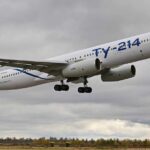
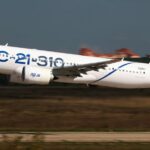
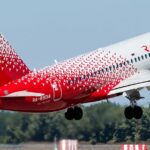
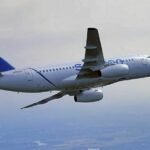
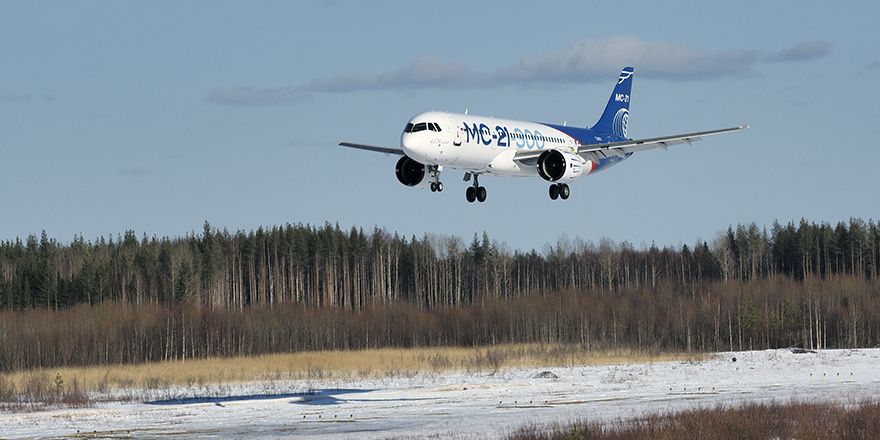

One comment
Comments are closed.